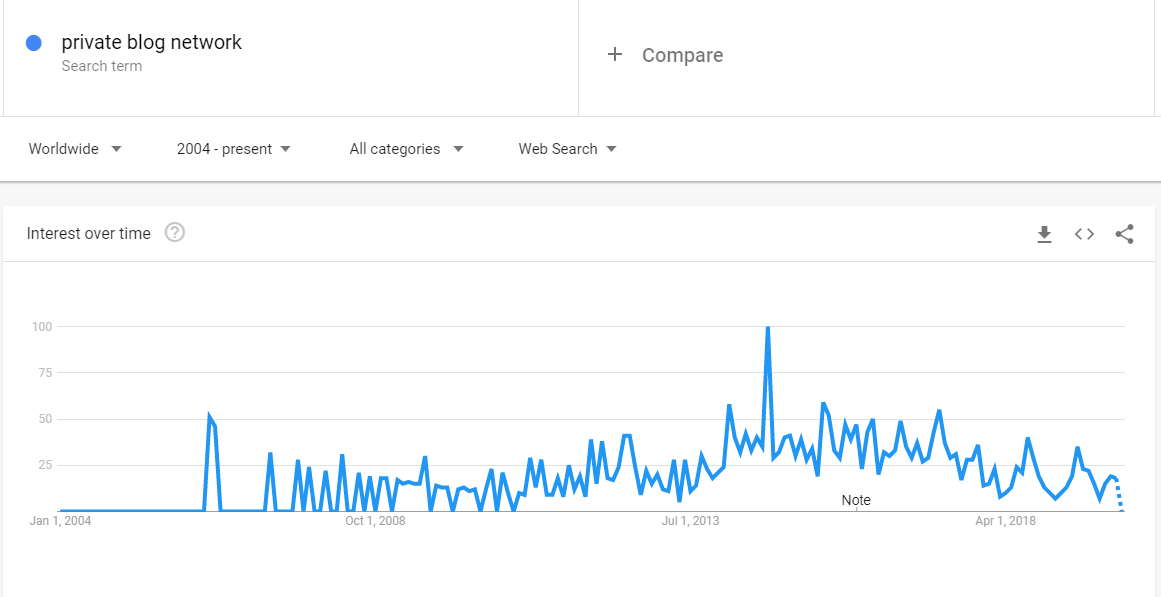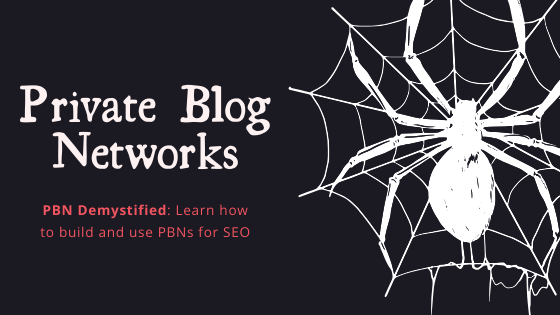All Categories
Featured
Table of Contents
Another technique for clustering your search phrases and structuring your content is. This resembles the knowledge graph, where pages are organized and connected based on associations that stand for the connections in between subjects. Unlike the pillar and content hub techniques, there is no difference in between the primary material and supporting material.
However each of these collection approaches will, in their own one-of-a-kind method, help you structure your web content while also staying clear of keyword cannibalization. That's it for standard keyword research and clustering. You can gather concepts from online search engine or use SE Ranking to speed up things up, adding brand-new subjects to your content plan and organizing web pages by motif.
Who Is The Top Semantic Seo Framework Company?
Making use of semantic markup is simply as essential for positions as performing cautious keyword phrase research., or in various other words, semantic HTML, is a collection of components that plainly defines the structure of your web content and gives implying to it. An
tag suggests that the embedded phrase is the title of your post.

And your job is to effectively translate these search phrases to best address your clients' requirements. Right here's what Lee Wallis, Head of Digital at Excite Media, Winner for SEOAustralian Web Awards 2021, suggests: Lee Wallis Head of Digital at Excite Media You must always have the end-user in mind and not simply compose more web content for the sake of the online search engine.
That will certainly give the user a bad experience. That being stated, you require to make sure that you are focusing on different elements of the subject in order to make your web content richer and provide extra worth to the user. This in turn will certainly help look engines better comprehend your page anyhow.
Creating extra pages to increase on your subject is likewise a great way to supply more context to the search engines while at the exact same time supplying more worth to your website site visitors. Whenever feasible, try to focus on evergreen material. To improve your semantic creating procedure and increase your possibilities of success in the affordable online landscape, you can use specialized content tools.
What Is The Premier Improving Rankings With Semantic Seo Company?
This seems not logical. Nevertheless, if the primary classification web links to the "kids sneakers" page, it can aid Google focus on the subcategory web page for the provided inquiry. In other words, the smarter your content is connected to every other, the much better result it will have on Google and customers. When establishing up internal linking, ensure that your page consists of topical anchor texts.
Google will use this info to figure out the subject of the web page that your web links indicate. Here are some tips to remember while dealing with supports: Usage descriptive anchor text: Ensure it shows the definition of the linked web page to both users and internet search engine. Include long-tail key phrases: This will maintain points natural.
Structured data works as a language that shares the context behind your web content to internet search engine. Google uses this details to show you content in a much more eye-catching method on SERPs. Let's check out the AccuWeather website. The basic info about their business is covered by Google's Expertise Graph: when it was started, who the owner is, the client service hotline, subsidiaries, etc.
Since the structured data determines specific elements of the weather report, individuals can see the most recent news right in the search results page. Producing material and optimizing it for search is everything about relevance and value. Even if your web page is practically perfect with some appropriate key phrases, it will not rate high if the material does not truly cover the meant subject.
Top Semantic Search And Seo Money Can Buy
Daria is a material marketing expert at SE Ranking. Her interests extend throughout SEO and digital advertising.

Semantic search engine optimization is the process of offering even more significance and thematic deepness to web material. By doing this, you assist Google crawlers understand your web content better. You also assist them to consider your web content as top quality and consequently rate it regularly in SERPs. In 2011, when Google and various other search engines started relocating to artificial knowledge and natural language processing to recognize searcher intent and the significance of an inquiry, they started collaborating with entities and ideas instead than assessing concerns and websites based on keywords.
What Is The Most Recommended Semantic Seo Tools Available Today
This was enabled by the production of the vocabulary, an initiative launched in 2011 by the world's biggest online search engine (Bing, Google, and Yahoo!) to execute a typical data schema structure for explaining web pages. Search engine optimizations today can discover schema in the context of Semantic search engine optimization and research the advancing facets of schema.

In a popular Google patent concerning context vectors, an instance is supplied the word "horse". Identical word, yet with different meanings in different contexts: a "horse" is an animal for a horseman, a working device for a carpenter, and sports equipment for a gymnast. In semantic search engine optimization, content is cataloged and organized around each context, similar to Wikipedia, to ensure that makers can recognize and review its individuality.
This will certainly offer you a that will keep you. As we discussed previously, Semantic search engine optimization enables your web content to be smarter, simpler for search engines to comprehend, and have even more details that pertains to your audience. At this moment, the concern is just how best to enhance your web pages for Semantic SEO.
What users are looking for and just how equipments recognize that search inquiry. When you start with a topic, you can see i The second step is to identify the, related principles that can be included, and any possibilities for structured information. Third, you need to and discuss these entities on the page.
Latest Posts
Who Has The Most Recommended Semantic Content Creation?
What Is The Most Reliable Semantic Seo Tools You Can Buy
Whats The Top Semantic Seo Content Strategies